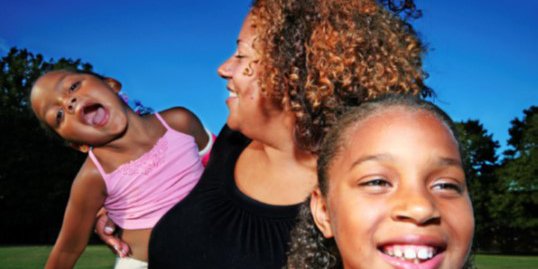An in-depth guide to adoption

Information about the children
Today, most of the children requiring adoption have left their families of origin in difficult circumstances and the courts will have been involved, making the decision that they cannot safely return to the care of their own families. The children may have been living at home with family for some time before sufficient grounds for concern came to light and the decision made to remove them. Their birth family circumstances often involve some or a combination of the following:
- Misuse of drugs and/or alcohol
- Domestic abuse
- Mental ill health difficulties
- Learning difficulties
- Criminality
- Troubled family circumstances leading to poor parenting
The children are likely to have experienced some or all of the following:
- Effects of drug/alcohol misuse by parents during the pregnancy or in the child’s early years
- Neglect and/or physical, emotional and/or sexual abuse
- Inconsistency, poor parenting, chaotic home environment, many moves and changes of carer/parent
- Special needs arising from disability or uncertainty about future development
These factors are likely to have impacted on their emotional, social and behavioural development and may well have long term implications for their future development. Some children continue to lack trust in adults and experience difficulties in forming and maintaining lasting close attachments to their new carers.
Some of the children will have developed greater resilience to these difficulties than others – depending in part on other significant relationships in their lives – for example brothers and sisters, other adult relatives or friends, foster carers.
Examples of children being placed for adoption
Richard
White British aged 6½ years. Richard’s Mother misuses alcohol and has some mental health difficulties. She depended on him when he was little and at times he seemed to be parenting her. He can be distracted by these worries and finds it hard to maintain concentration at school although he is slightly above average ability. He enjoys music and outdoor activities and has been in the same foster home for 2 years. Richard is white British. The plan is for Richard to have twice yearly letterbox contact with his birth mother.
Gareth and Sean
White British aged 3 and 5. Their mother uses drugs and originates from a travelling family. Their father is involved with criminality and is currently in prison. The children had a chaotic early life but were fond of their mother, who has maintained contact with them though not always regularly. She is immature and the court sought the expert opinion of a number of professionals before reaching the view that she was not able to put her children’s needs before her own and that they would be best placed together for adoption. They have lived together in the same foster home for over a year and although there is some sibling rivalry, they are very close and need to be adopted together. They have a sister, Amy, aged 10, who is in a separate foster home. Permanent fostering is planned for her. Gareth and Sean are white British with some Irish heritage. The plan is for Gareth and Sean to have annual letterbox contact with their birth mother and twice yearly direct contact with their sister.
Jamal
Indian/ White British, aged 18 months. His mother has mental health difficulties and is currently in prison. His father’s whereabouts are not known. He is believed to have some learning difficulties. Jamal has been in the same foster home for 9 months where he is doing well. He has older brothers and sisters who are being placed for adoption or fostered on a long term basis. Jamal‘s father is of Asian Muslim origin and his mother is white British non-practicing Christian. They are no longer in a relationship. A family is sought to reflect or actively promote his ethnic, cultural and religious heritage. The plan is for Jamal to have annual letterbox contact with his birth parents and annual direct contact with his siblings.
Folasade
Nigerian aged 5. Fola was subject to a child protection plan, as with her siblings she was left alone for 8 hours. Fola was living with her step-father and his partner. Unfortunately allegedly as a result of Fola’s behaviour became more challenging in the past few months they feel unable to continue to care for her. Fola hit one of their children. Fola is falling behind in school and her speech is delayed. She appears a friendly happy little girl, but is clingy towards staff and wants to show affection to her carers.